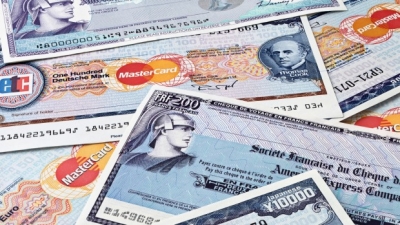
On January 1, 1772, the London Credit Exchange Company issued the world’s first traveller’s cheque, a piece of paper stating that the possessor had already paid the Company the amount of money mentioned and could thus use the cheque like cash.
More than a hundred years later, Thomas Cook, founder of the eponymous British travel company, issued similar notes.
The modern traveller’s cheque was invented by Marcellus Berry, an employee of American Express bank. In 1891, the president of the bank, J.C. Fargo had trouble cashing his cheques in Europe during a trip. Berry’s bright idea was to have the customer counter sign the traveller’s cheque on the spot so that the merchant could match the signature on the cheque against the customer’s signature.
The traveller’s cheque proved to be a money-spinner for American Express and soon other banks and financial institutions issued their own. Merchants throughout the world began accepting these cheques and it became very popular with travellers.
A traveller’s cheque can be replaced if lost or stolen, unlike cash. It is available in any denomination and can also be converted to any currency.
When the customer purchases the cheques from a bank he is required to individually sign each one. He is also provided with a list of the serial numbers. If the cheques are lost or stolen, the bank will ask for the serial numbers of the missing cheques. Once it is verified, duplicate cheques are issued or the transaction is directly approved by the bank.
Today, traveller’s cheques are little used because of the easy availability of credit and debit cards as also ATMs.
Picture Credit : Google




